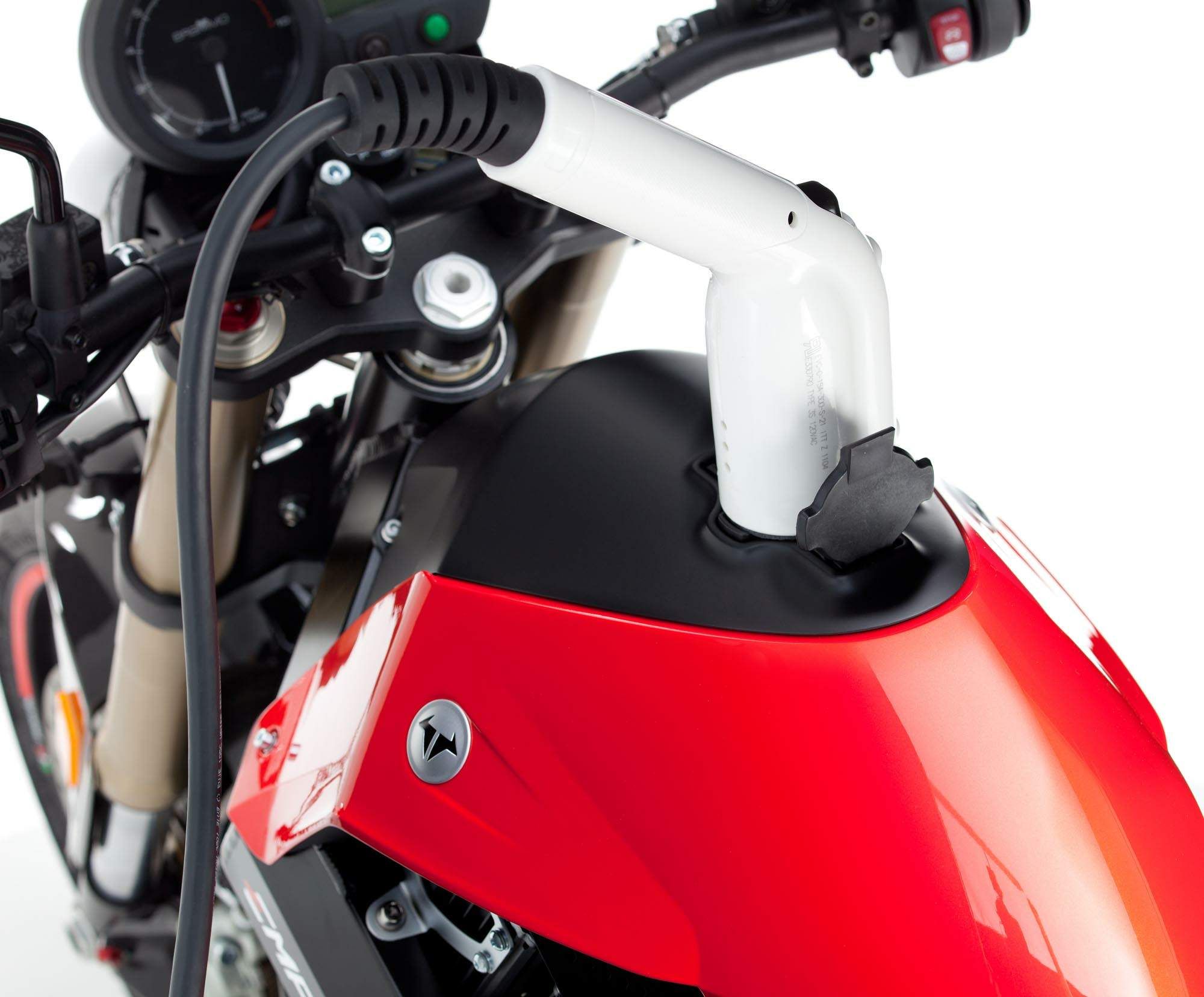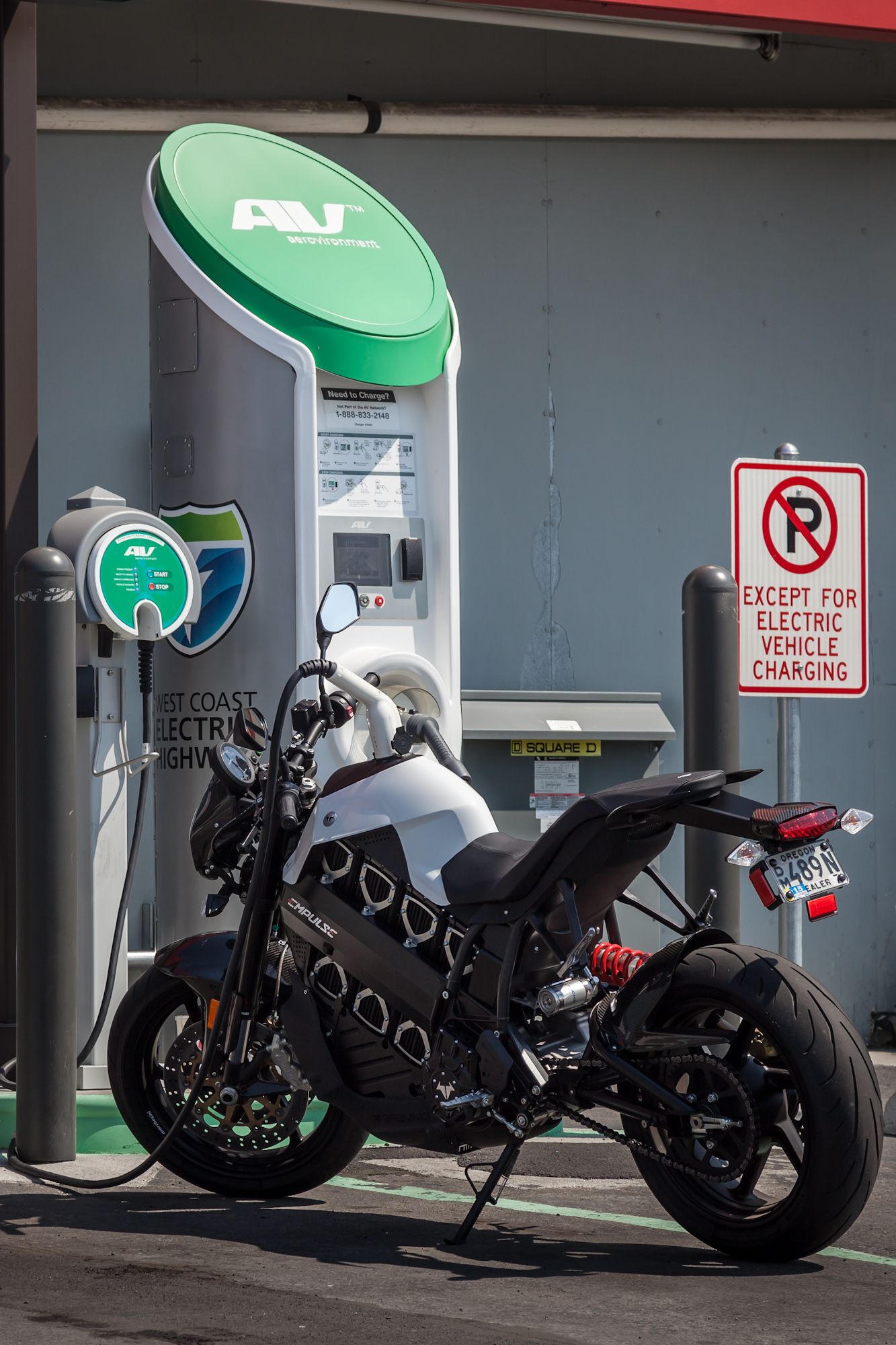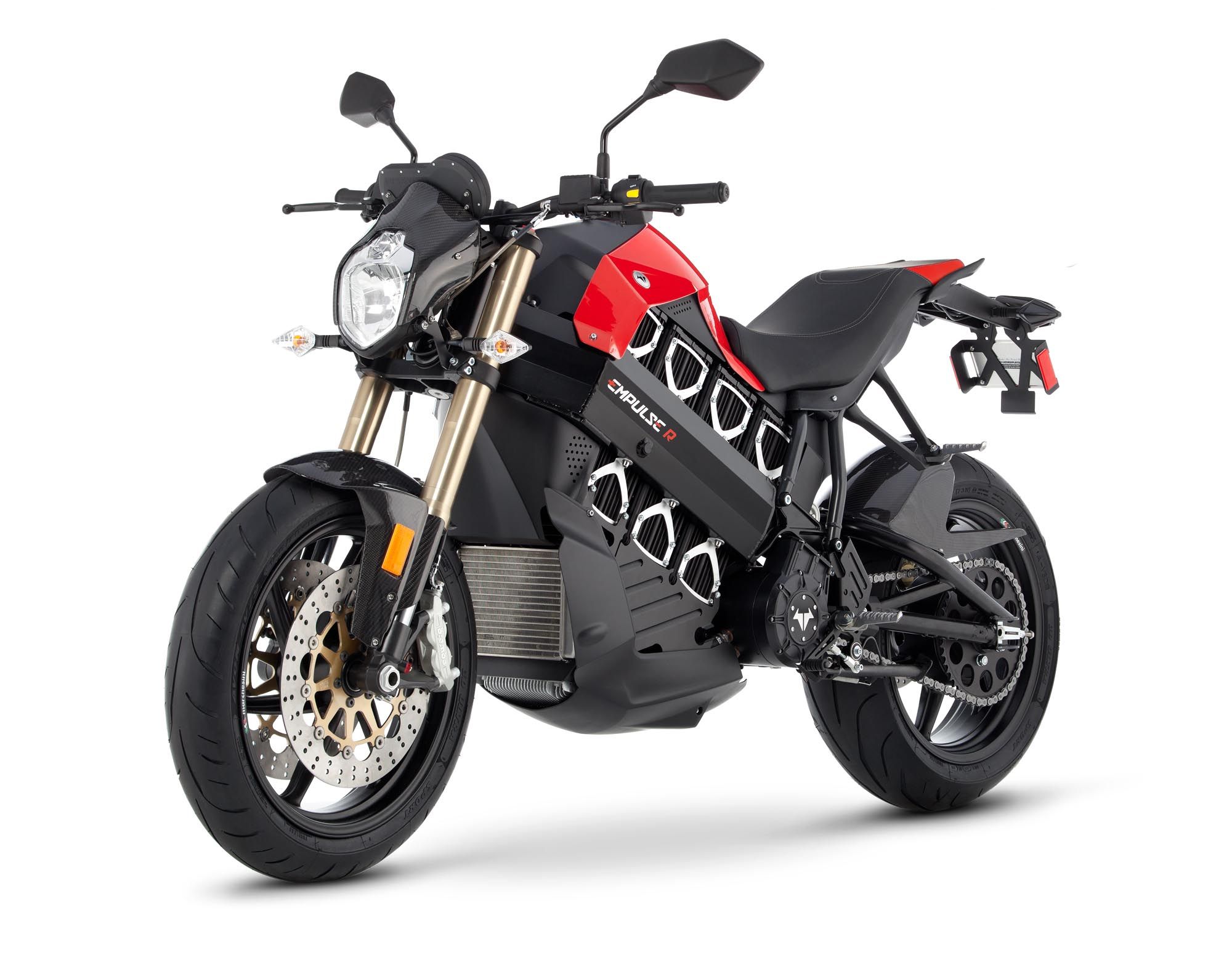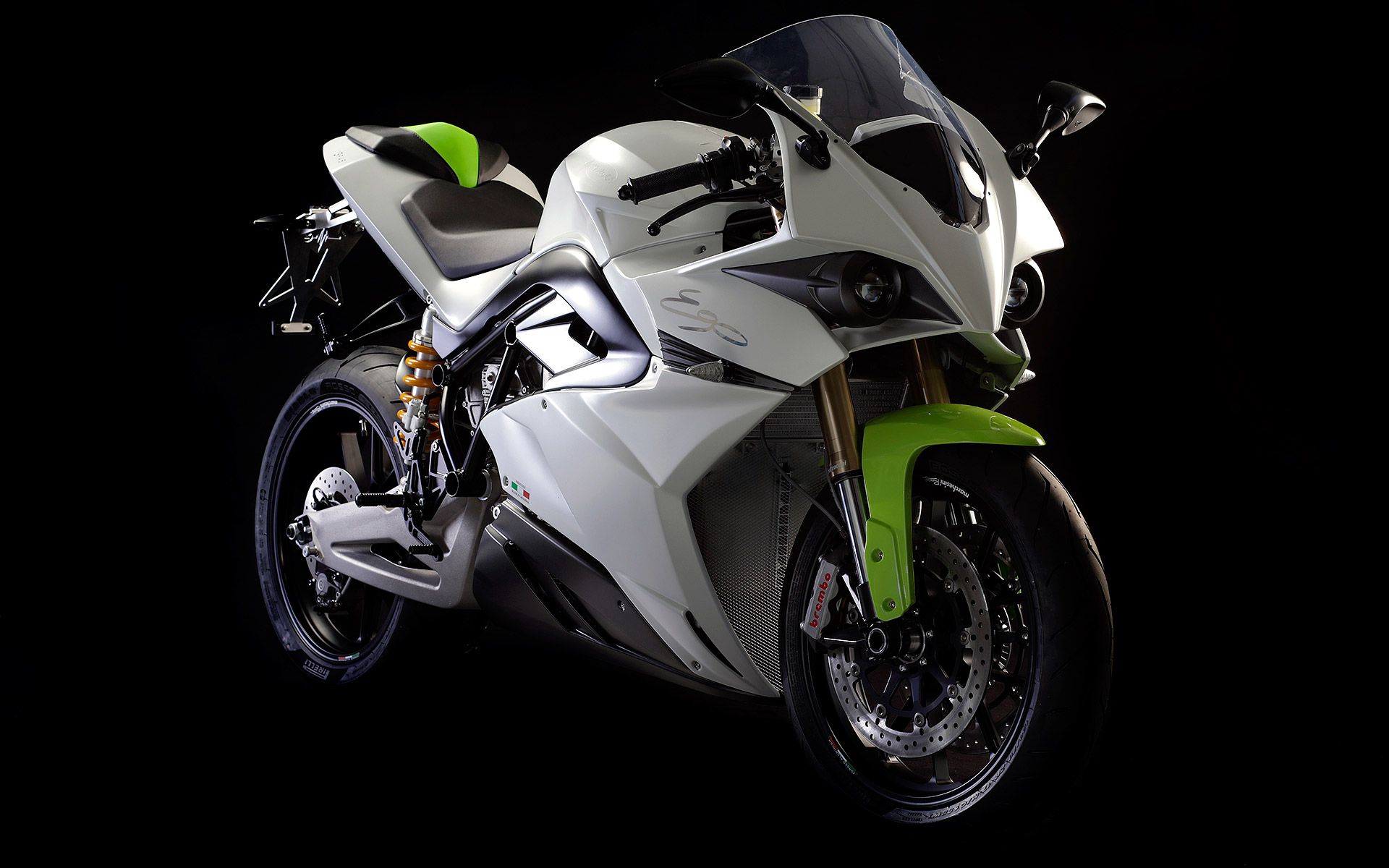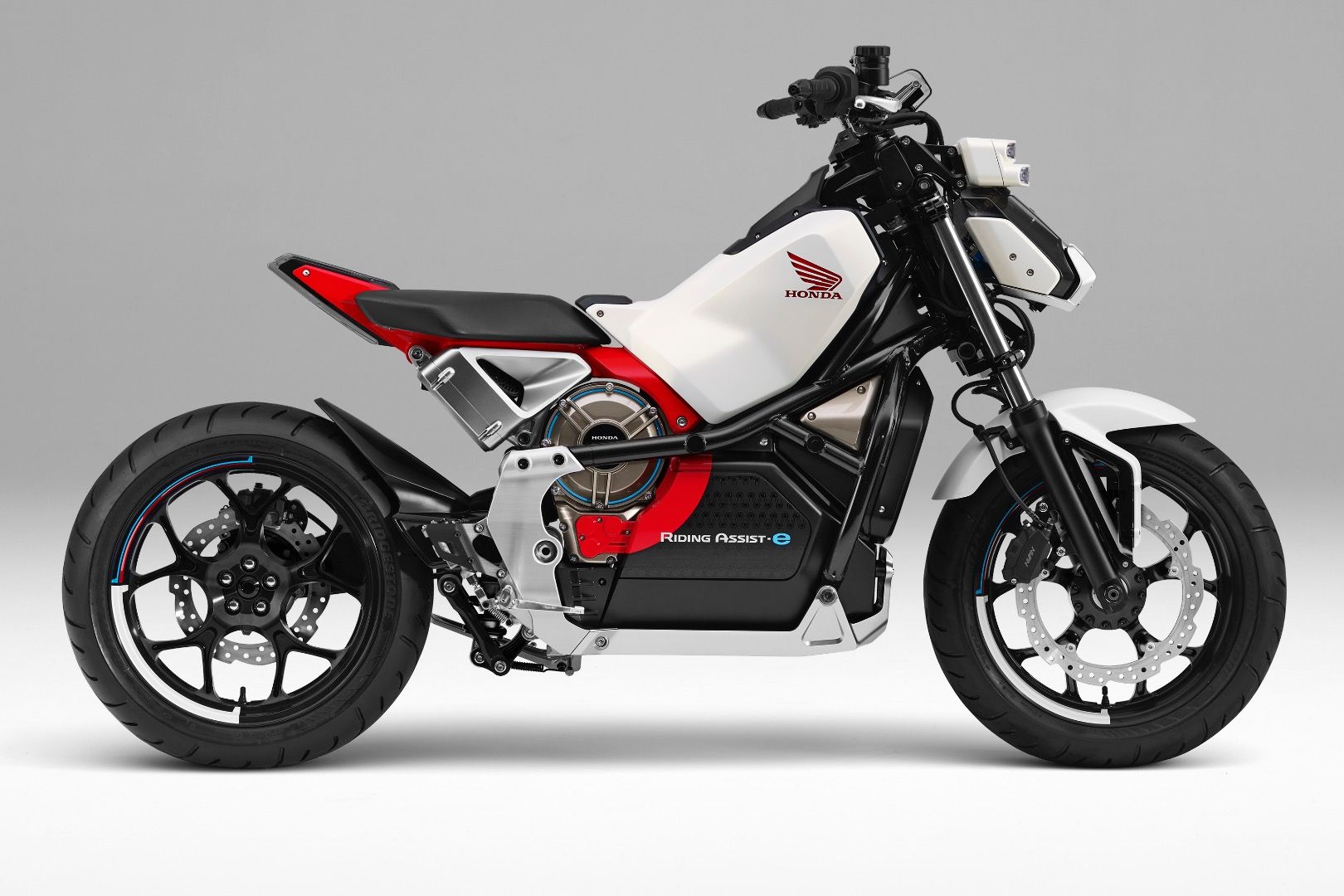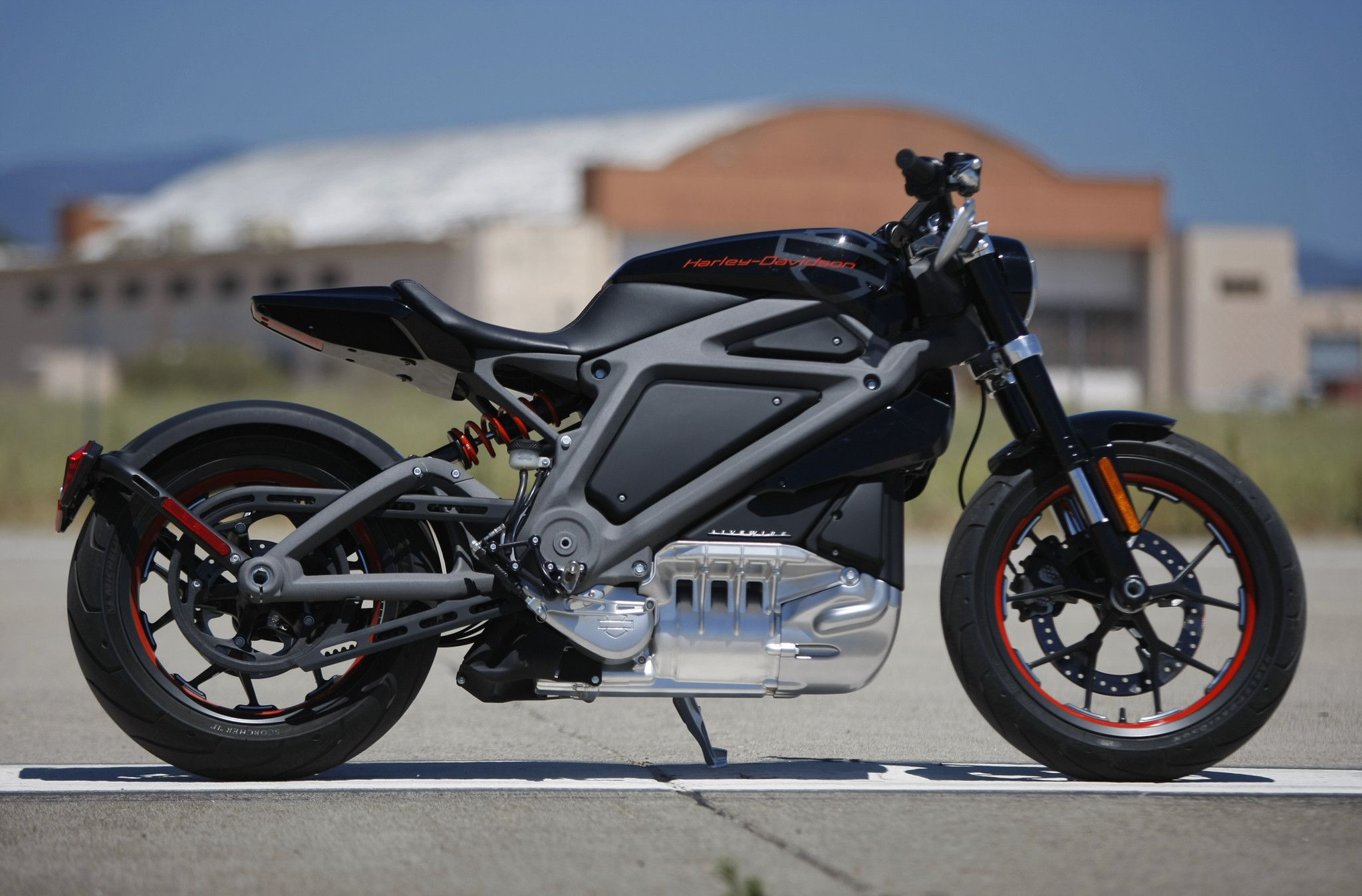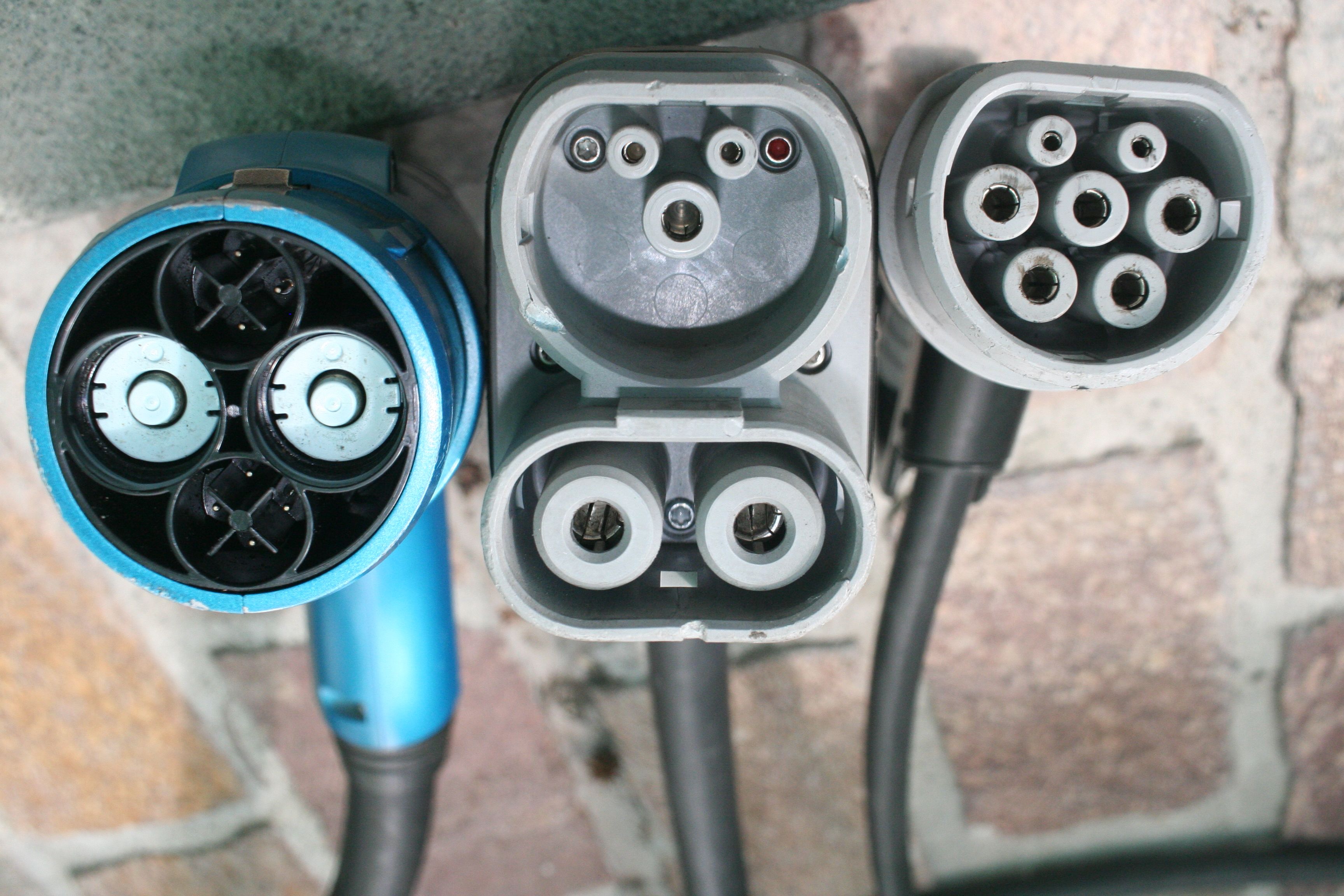We are entering a brand new world, where clean (green?) energy is finally emerging from under the corporate boot heels of big coal and oil interests. Technological leaps come quickly, and the various industries can scarcely keep up with the improvements as they scramble to take advantage of it.
The most recent attempts are for battery development technologies where companies are vying to achieve maximum range for one full charge. Not many success stories here to tell, at least not until now.
According to work done at the University of Waterloo in Waterloo, Ontario, Canada, a new battery material could lead to getting out three-times the EV range from a battery of the same size as one today.
Recent advances in battery technology are giving rise to truly functional vehicular designs, and a few makers like Brammo, Energica, Zero have already begun dividing customers away from the major players in the industry with bikes that give a decent 120-150 miles of practical range for one full charge.
With what’s coming, internal combustion engines might as well start digging its grave. New research at the University of Waterloo has led to the development of new batteries that triple the range of current electric vehicles. Thanks to the use of alternative material for the negative electrodes, it can enhance the energy density by a huge margin to give close to 350-400 miles on one charge.
These new batteries use lithium electrodes rather than graphite and other carbon materials currently used in the lithium-ion batteries. But this has its own set of problems mainly being the risk of fires and explosions during repeated charge-discharge cycles and corrosion on the electrode itself.
Luckily the team came around this problem with a solution of adding a compound comprised of phosphorus and sulfur elements to the liquid electrolyte. This coated the electrodes with a thin protective layer that protected it from corrosion and combustion.
Although this technology is in its primitive stage, it still is a promise to the future of cleaner transportation that might also be as practical as today’s fuel powered motorcycles. There is, of course, fast charging capabilities also being developed simultaneously, but it comes with its own vices.
Quick charging requires additional cooling devices to cool the rapid heading of the batteries while it’s getting powered up soon. This means adding additional weight onto the motorcycle which again comes with a lot of compromises. Better battery range seems to be the best possible solution for most of the problems faced by electric motorcycles.
This new development has been a part of an MIT post-doctoral fellow, Quanquan Pang, who started the project while he was a Ph.D. candidate at Waterloo. Talking about the development, Pang said: “This will mean cheap, safe, long-lasting batteries that give people much more range in their electric vehicles.”

